Recently, the Vietnam National Administration of Tourism has collaborated with Google to launch the project "Google Arts & Culture: Wonders of Vietnam" - a digital museum preserving and promoting the quintessence of culture, art, history, and tourism around the world. The video clip communication program on the YouTube digital platform with the theme "Vietnam: Go to love!" with the initial support of Google was honored to be awarded the Second Prize at the 8th National Award for Foreign Information in 2022 of the Central Propaganda Department. Along with that, there are many communication activities, strongly promoting Vietnam tourism on popular websites and social networks such as Facebook, YouTube, Instagram, Zalo, Viber...
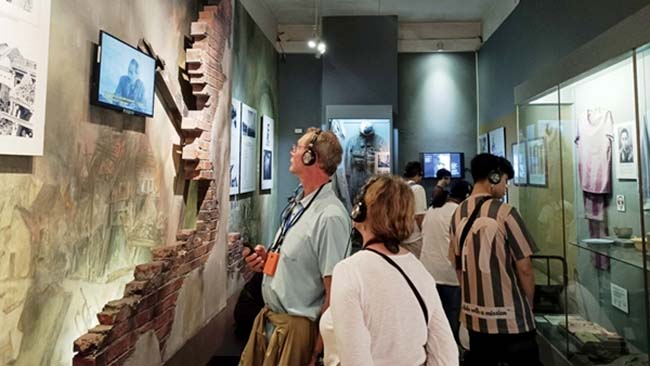
In Hanoi, in recent years, many units have actively participated in digital transformation to attract tourists. The Thang Long - Hanoi Heritage Conservation Center, Vietnam Fine Arts Museum, National Museum of History, Vietnam Fine Arts Museum, Hoa Lo Prison Relics... all have online exhibitions. In particular, the 3D online tour technology of the Vietnam Fine Arts Museum not only attracts visitors but is also highly appreciated by experts.
According to Mr. Tran Trung Hieu, Deputy Director of Hanoi Department of Tourism, up to now, the city has deployed the tourism industry database software (dulich.myhanoi.vn) and put it into operation from the beginning of 2023. Tourism businesses in travel, accommodation, transportation, and tourist destinations in Hanoi have increased the application of e-commerce in business activities...
Information from the Ho Chi Minh City Department of Tourism also said that after the Smart Tourism Project for the period of 2020-2030 was approved by the Ho Chi Minh City People's Committee, the Department has developed and implemented many projects and plans, including digital transformation in the operation and state management of tourism. One of the city's outstanding successes is the application of 3D technology in tourism information and promotion, including the application of high-tech 3D scanning from above and the Ho Chi Minh City 3D/360 Smart Interactive Tourism Map with the feature of having virtual tour guides at destinations with scanned 3D images, video data, 2D images, Vietnamese-English audio about the scanned destinations, and an automatic tour system according to the tour programs designed by travel agencies.
The application of technology in tourism development has also been promoted by many other localities with many outstanding successes such as Da Nang City with a system of websites, multilingual tourism information portals, Danang FantasticCity application, Chatbot - virtual assistant interacting with tourists, VR360 application "One touch to Da Nang"... Quang Binh is very successful with the project of bringing images to the world through 360-degree photos of National Geographic. Sa Pa also has a 3D technology application providing information and virtual tourism services for tourist destinations directly managed by Sa Pa town, deploying software reflecting the scene to provide interactive channels of the government with the people...
However, digital transformation in tourism still has many limitations. The Ho Chi Minh City Department of Tourism also said that in the process of developing the Ho Chi Minh City Smart Tourism Project for the period 2020 - 2030, the city conducted research on the current status of digital transformation in tourism in Ho Chi Minh City and 13 provinces and cities in the Mekong Delta and a number of other provinces and cities across the country. The results showed that tourism in provinces and cities is building smart tourism at many different levels.
Despite initial promotions, the implementation of smart tourism in typical tourism provinces and cities across the country is still localized and has stopped at the scattered investment of some applications. In addition, Vietnamese tourism businesses are mainly small and medium-sized enterprises with little capital and small-scale business, so their financial capacity to pay for technology investment is not high, and their ability to access smart tourism is still low. There is no shared online data connection, so the important goal of smart tourism has not been achieved, which is to create a synchronous connection between factors in the tourism ecosystem, bringing convenience to tourists.
Regarding this issue, Minister of Culture, Sports and Tourism Nguyen Van Hung also frankly pointed out that, in addition to the achieved results, the tourism industry also needs to recognize that the digital transformation process of the industry still has many barriers and limitations. That is the fragmentation, small-scale, and separateness in the implementation process, leading to difficulties in forming a unified and synchronous ecosystem throughout the industry. Due to different levels of development, there is still a gap in digital technology in many localities.
In addition, the tourism industry also lacks resources in modern technology, finance and digital human resources with adequate knowledge and skills. Digital technology solutions, platforms and infrastructure are still inadequate. Data has not been fully updated from many different sources... Therefore, the digital transformation process requires determination and innovation in both thinking and action of the entire tourism industry, from the role of management agencies, as well as efforts from businesses, organizations and local authorities.
Source


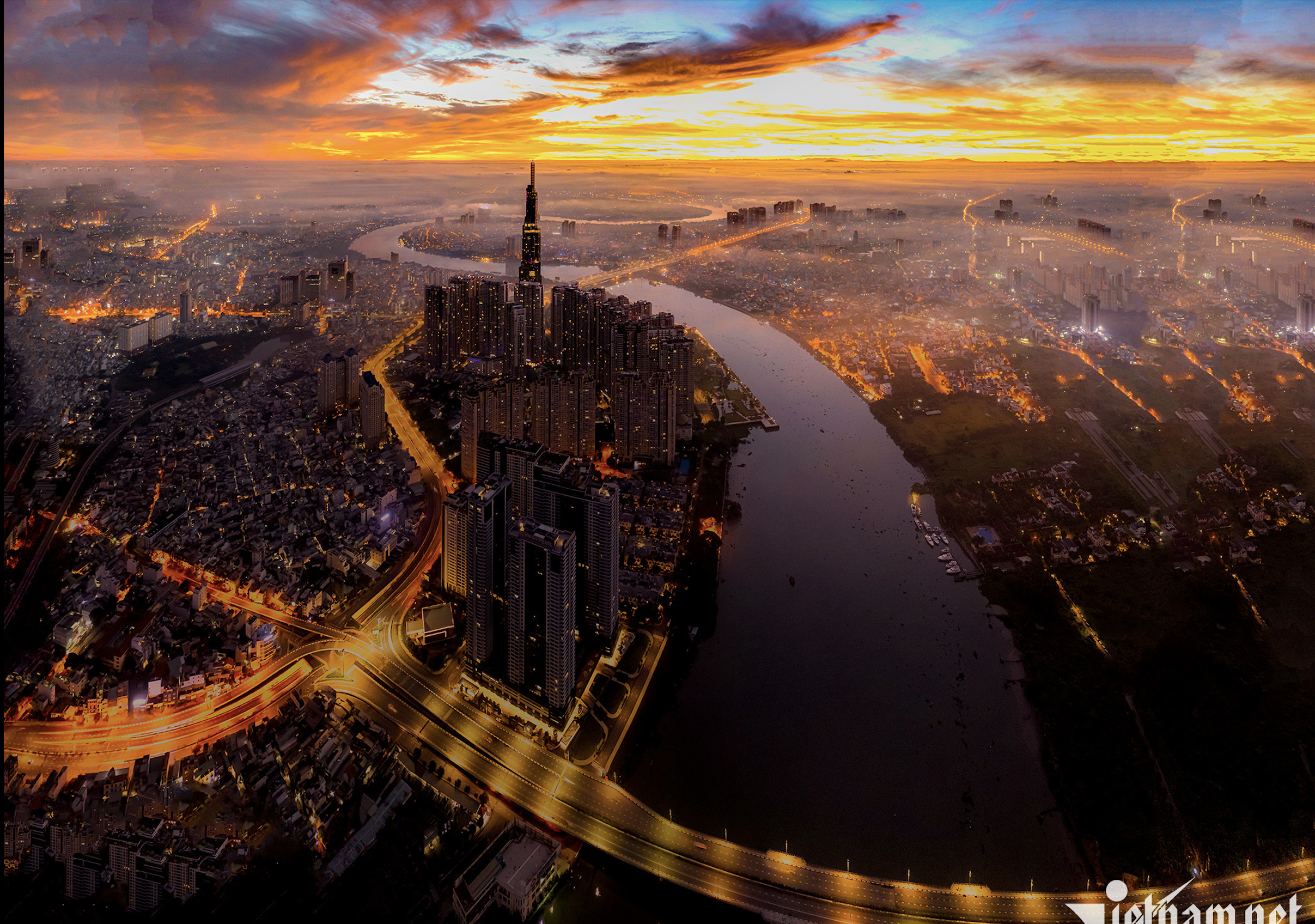

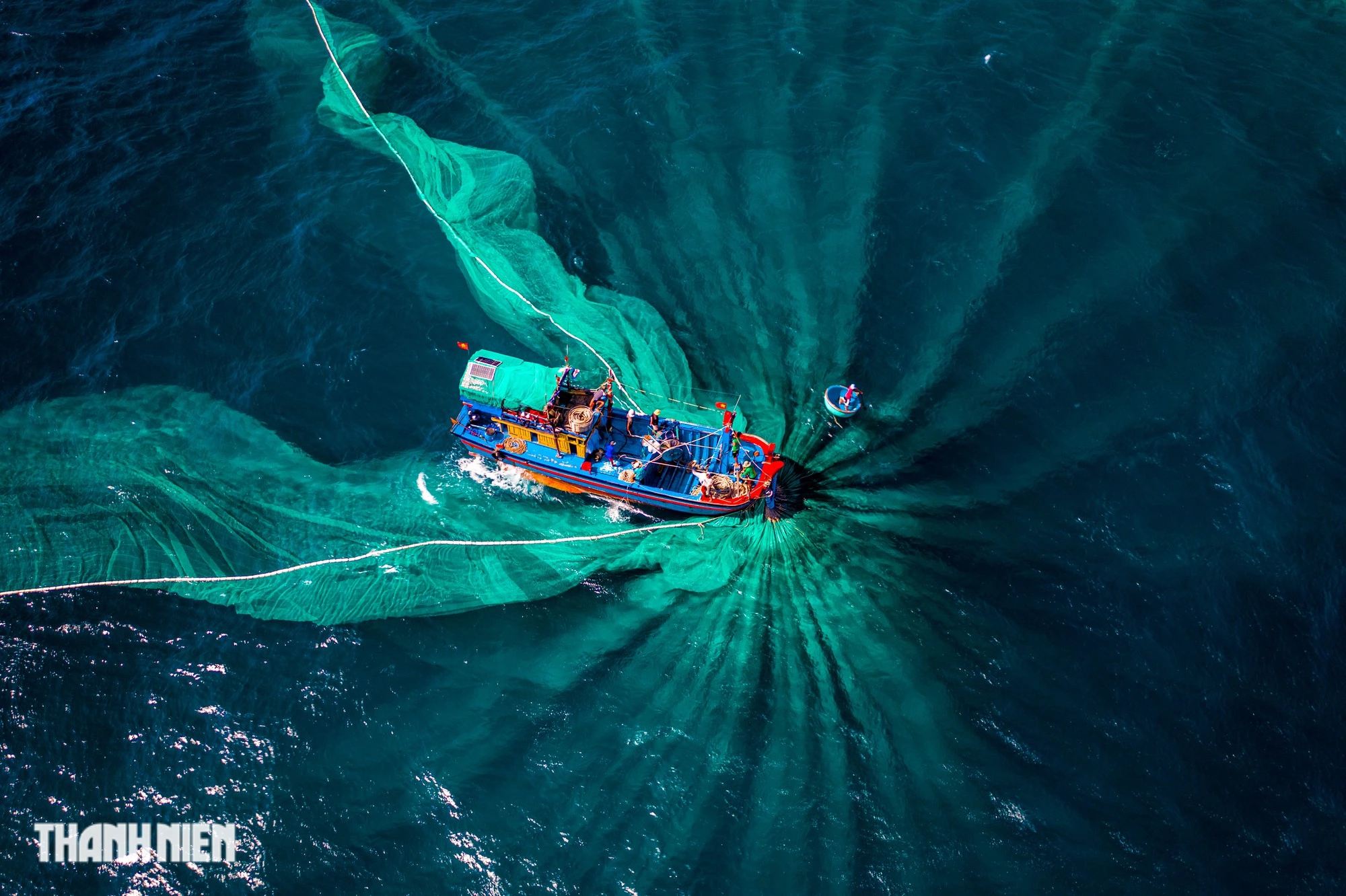
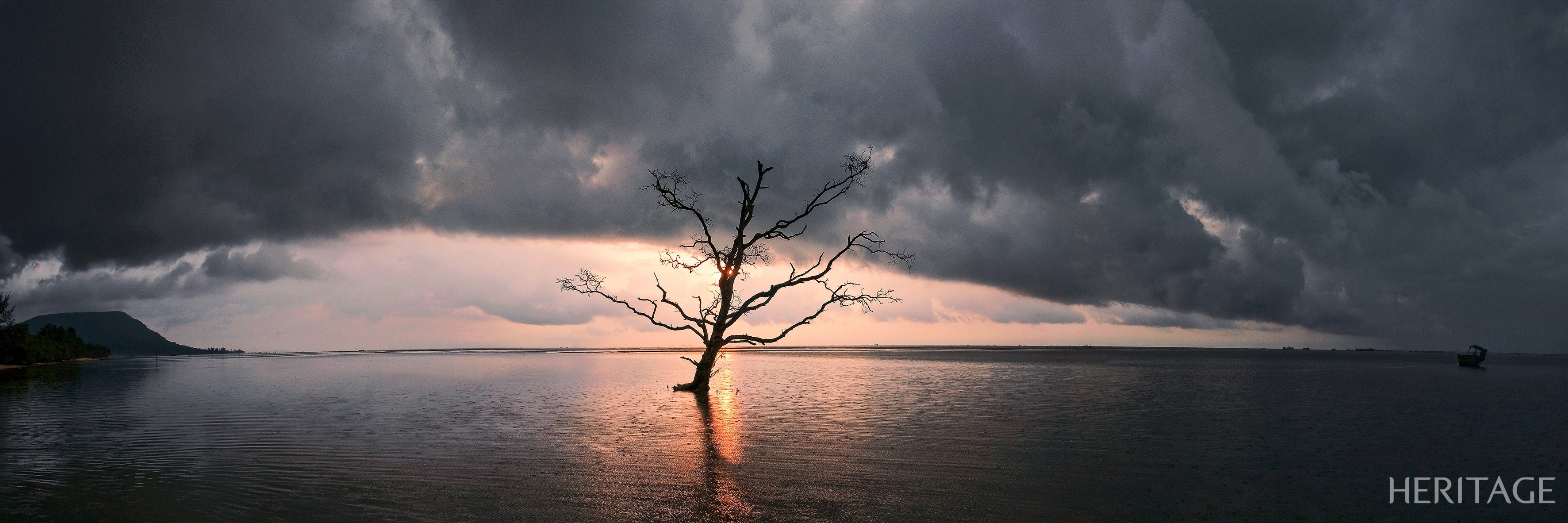
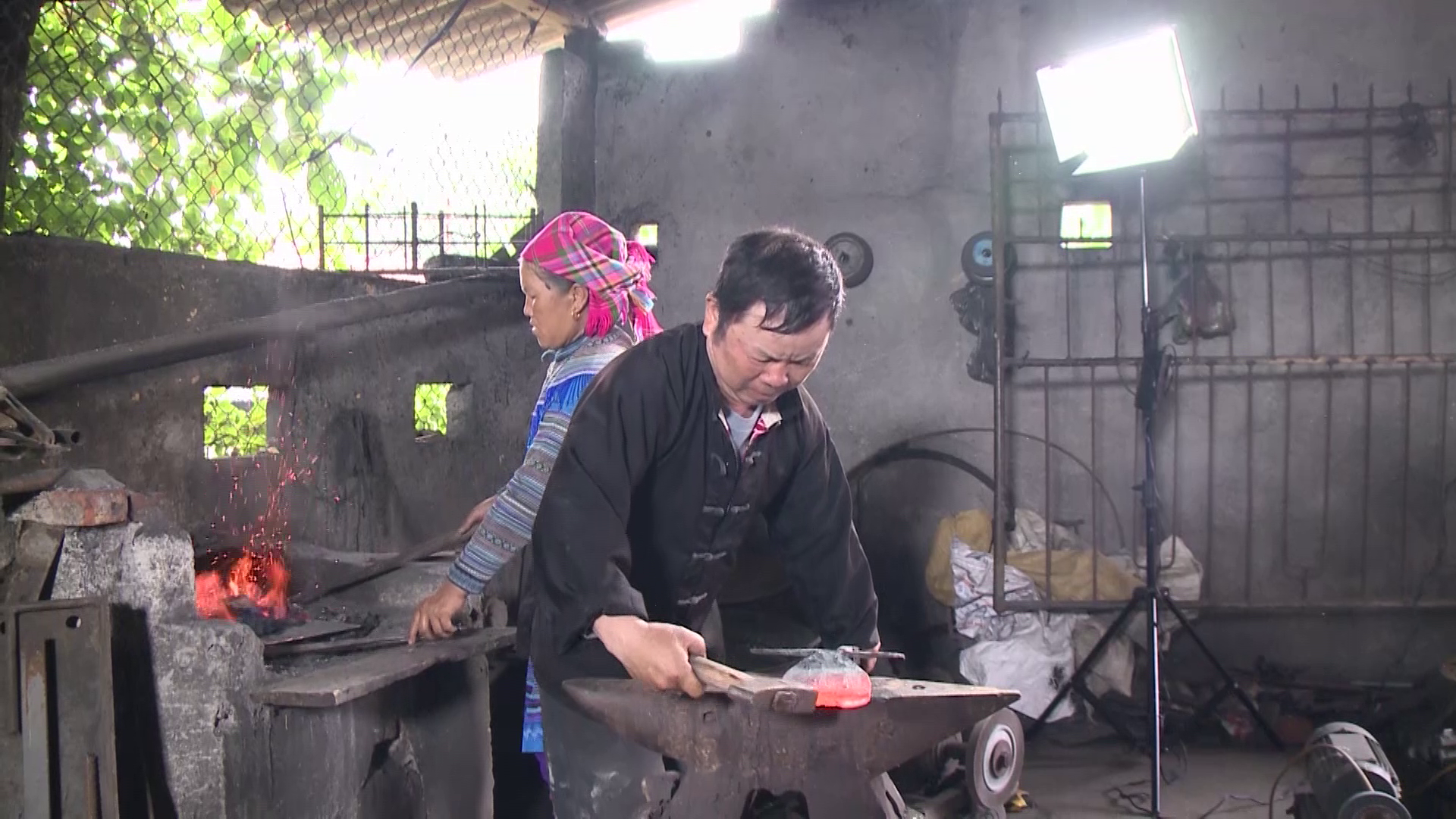
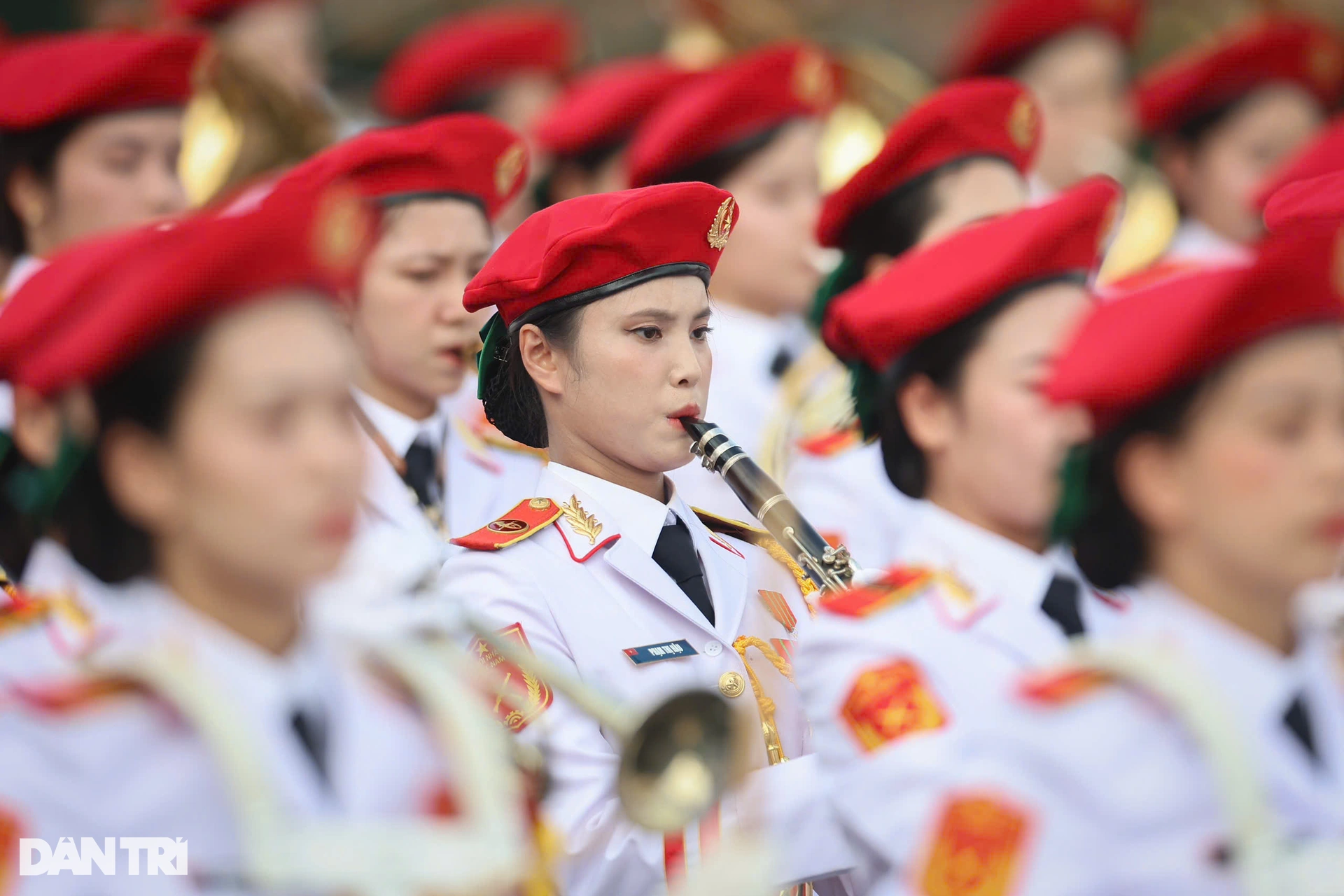
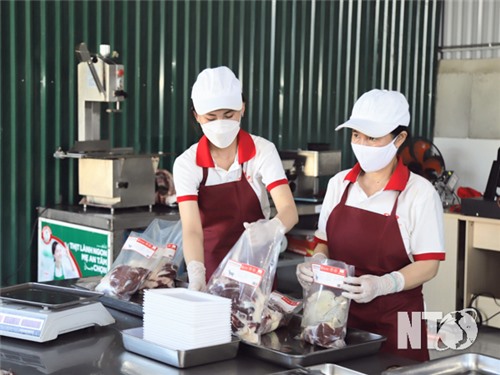
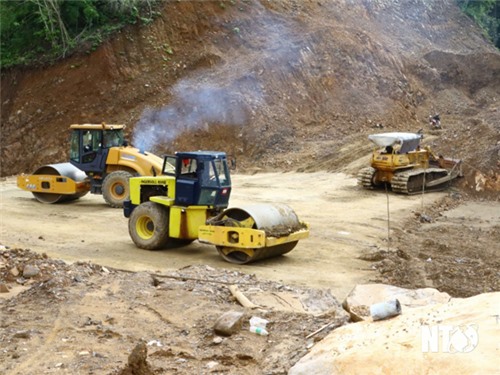




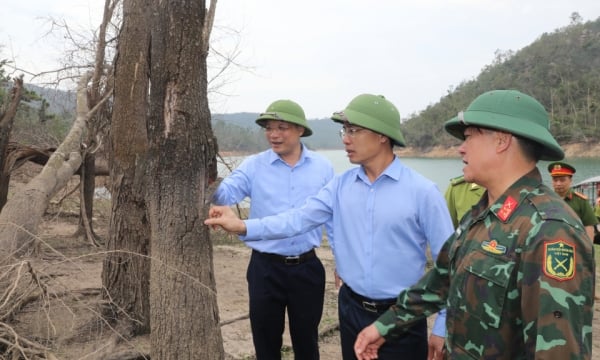
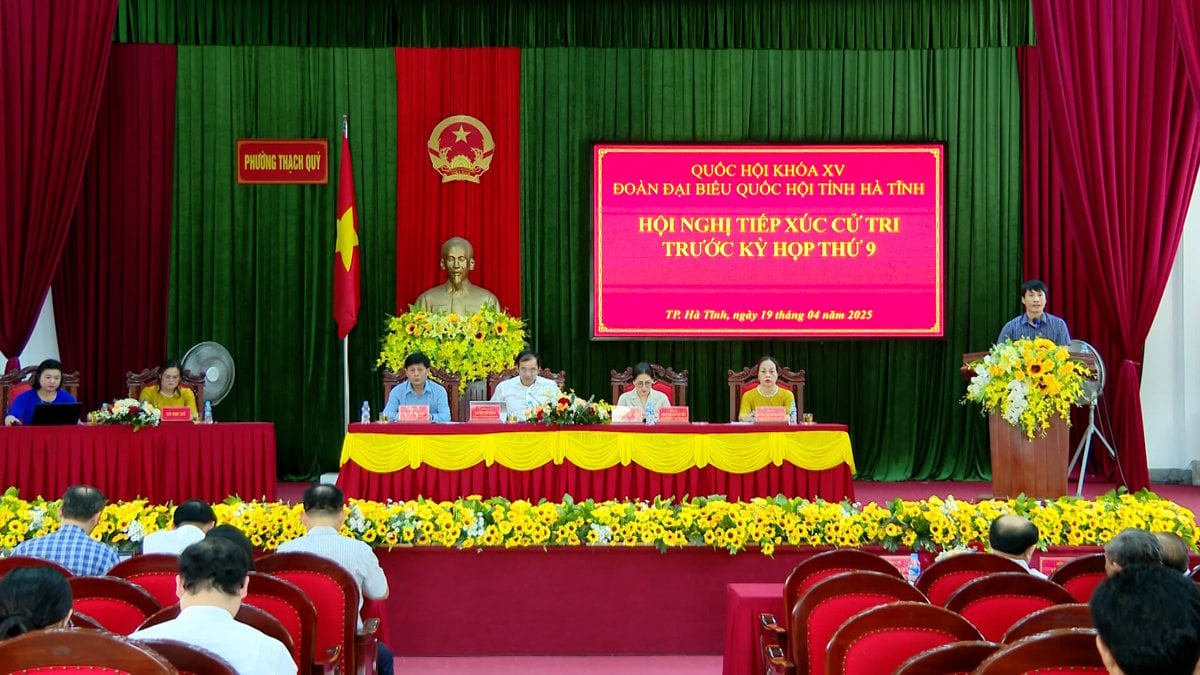
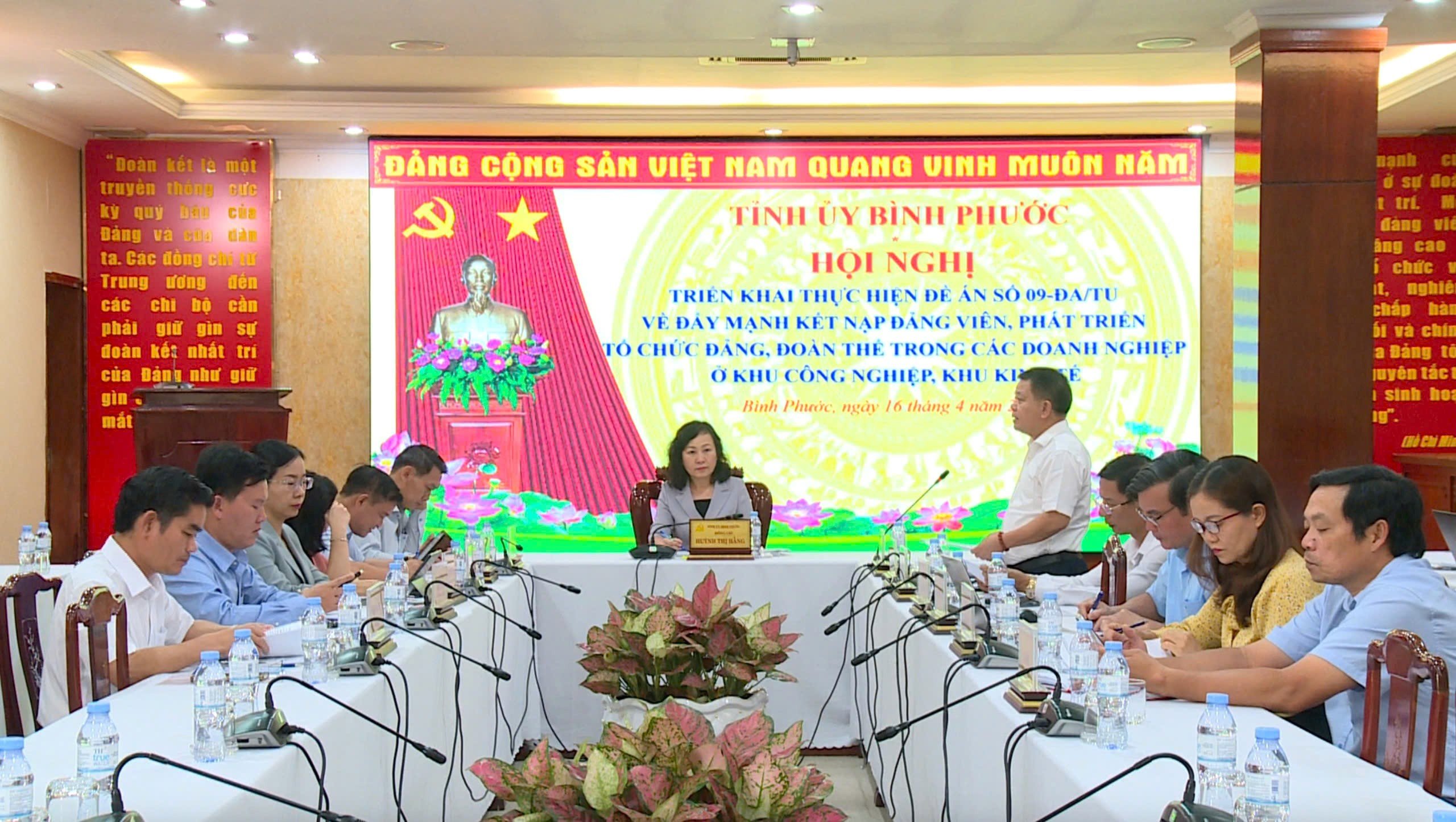
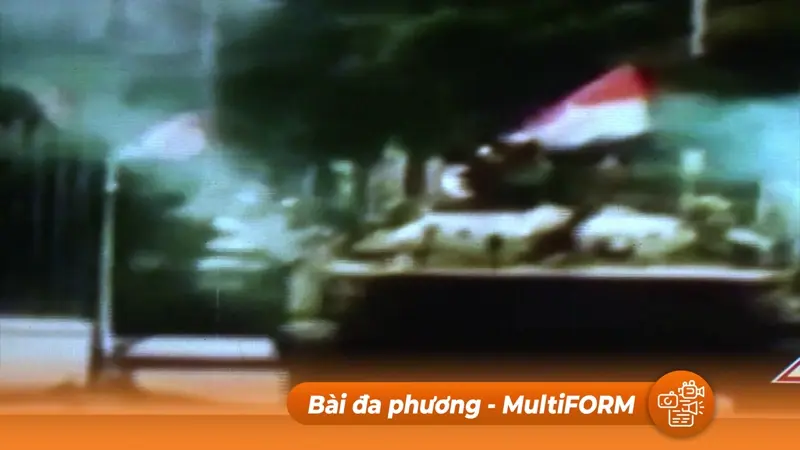
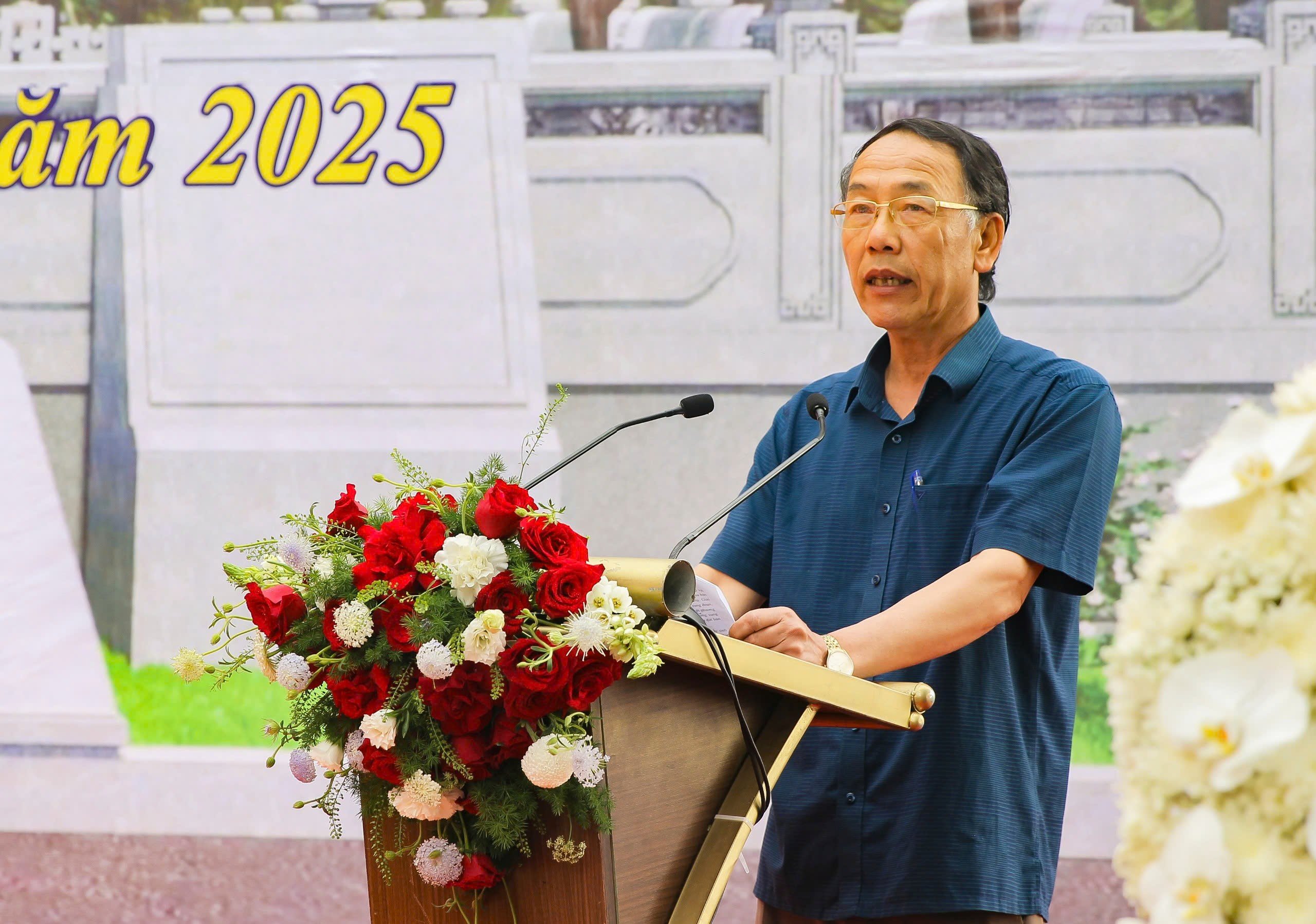
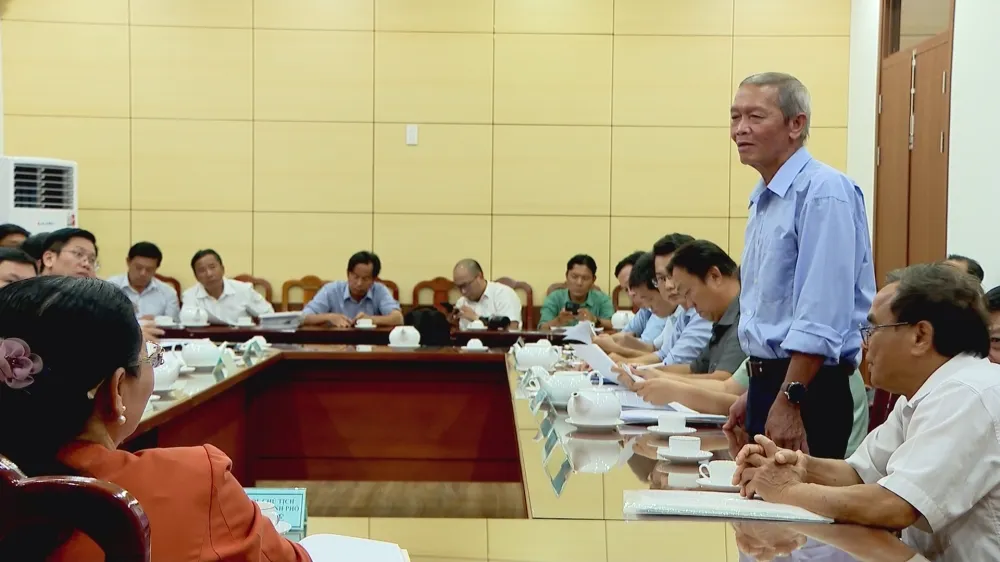


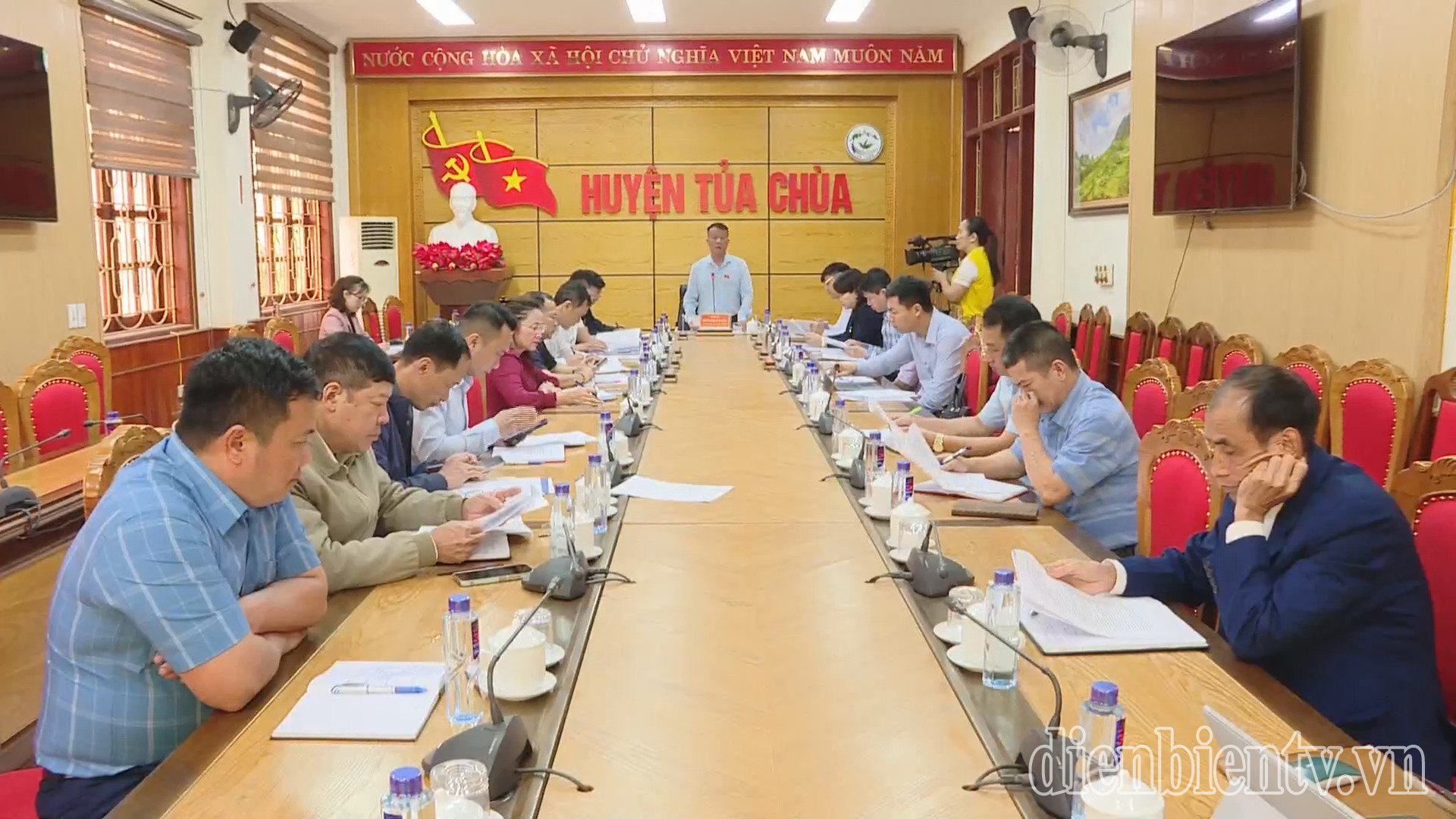


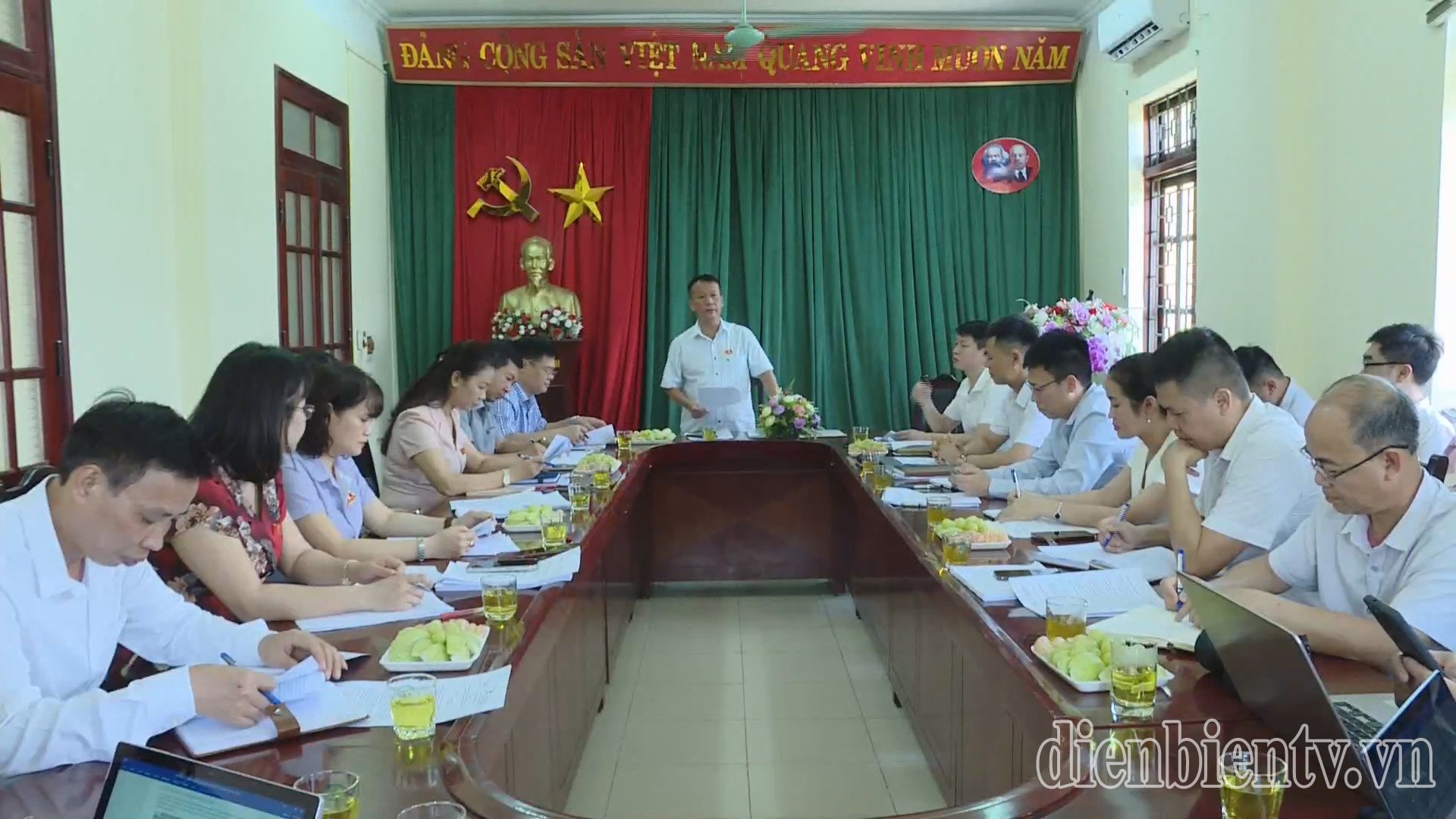
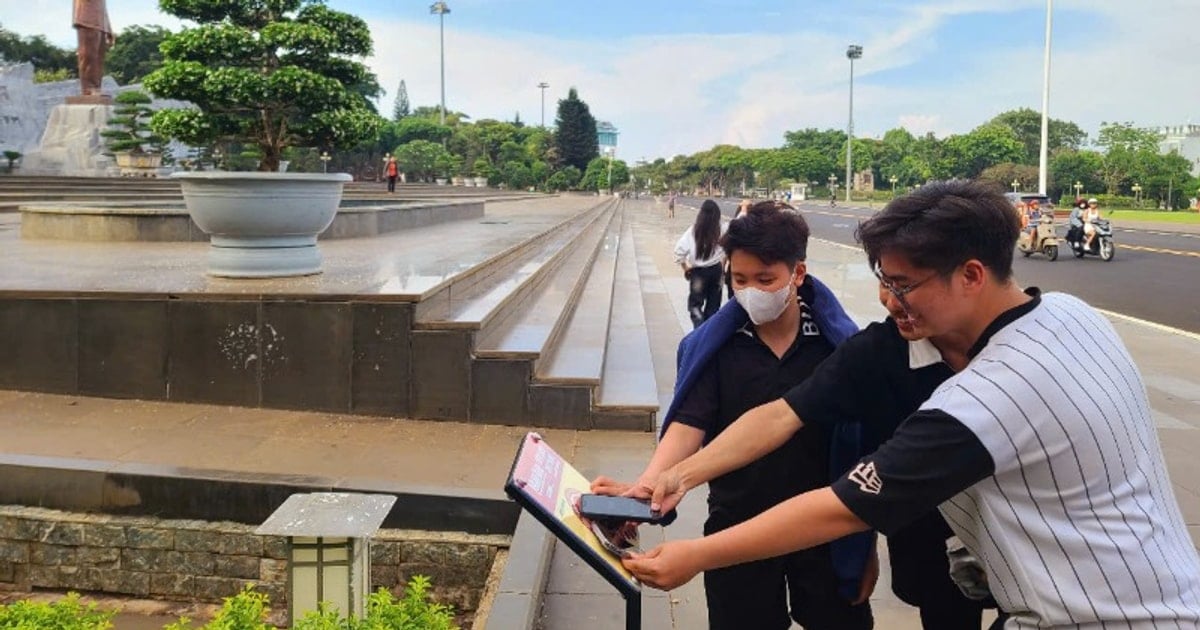
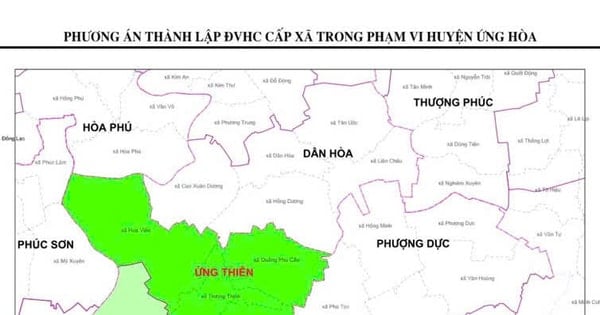


![[Photo] Prime Minister Pham Minh Chinh receives Mr. Jefferey Perlman, CEO of Warburg Pincus Group (USA)](https://vstatic.vietnam.vn/vietnam/resource/IMAGE/2025/4/18/c37781eeb50342f09d8fe6841db2426c)
![[UPDATE] April 30th parade rehearsal on Le Duan street in front of Independence Palace](https://vstatic.vietnam.vn/vietnam/resource/IMAGE/2025/4/18/8f2604c6bc5648d4b918bd6867d08396)
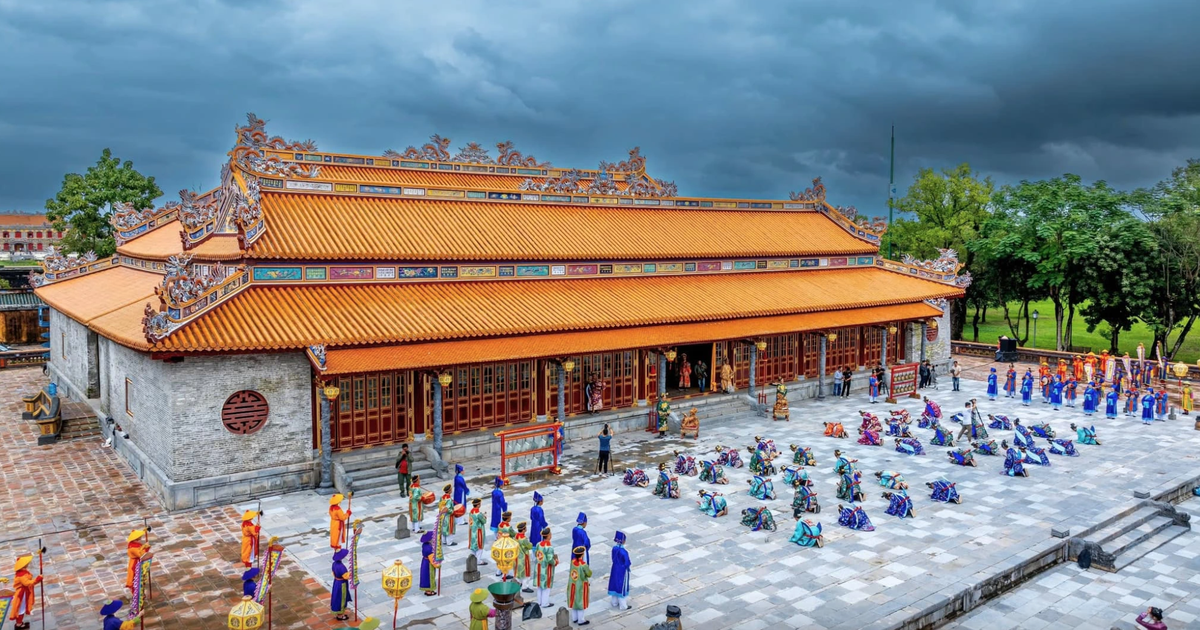

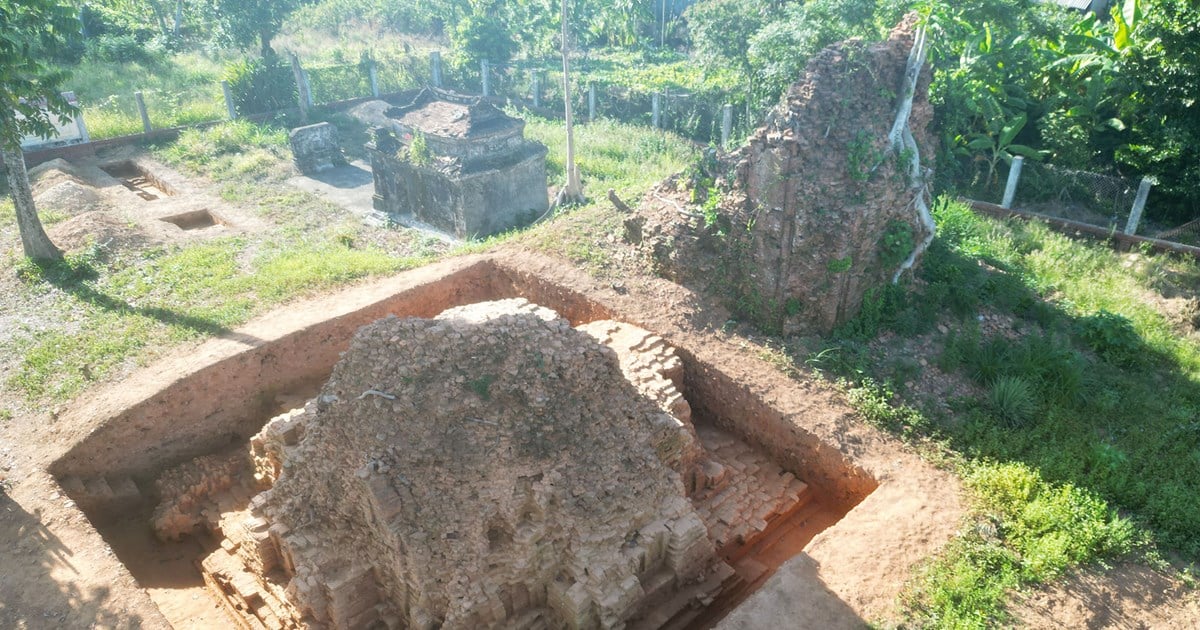

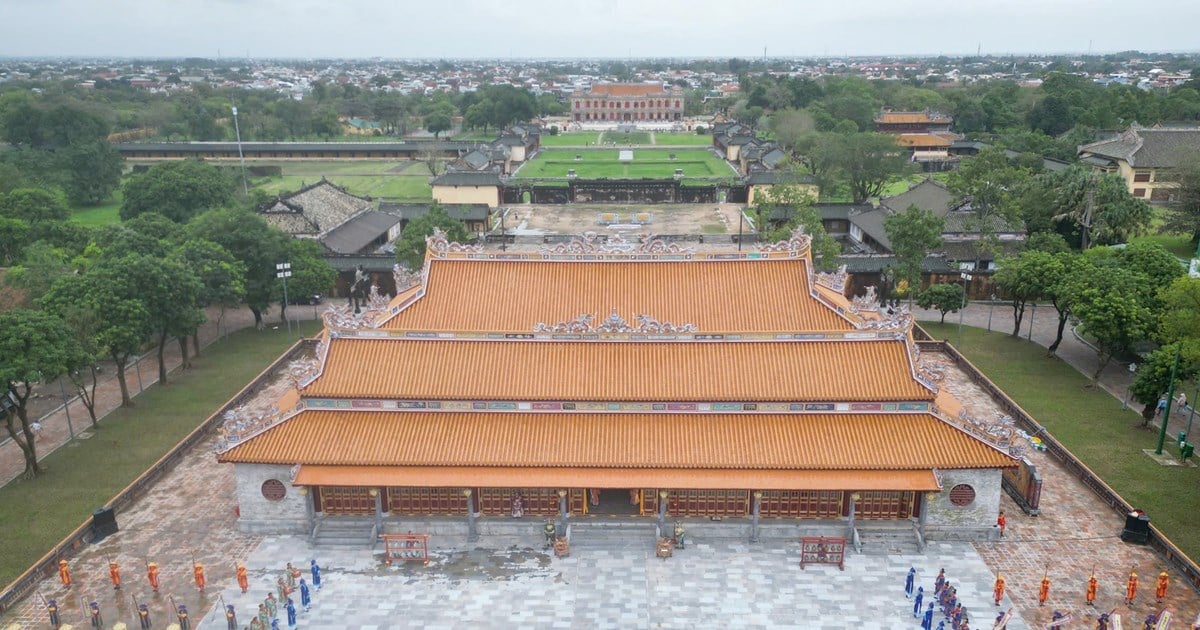
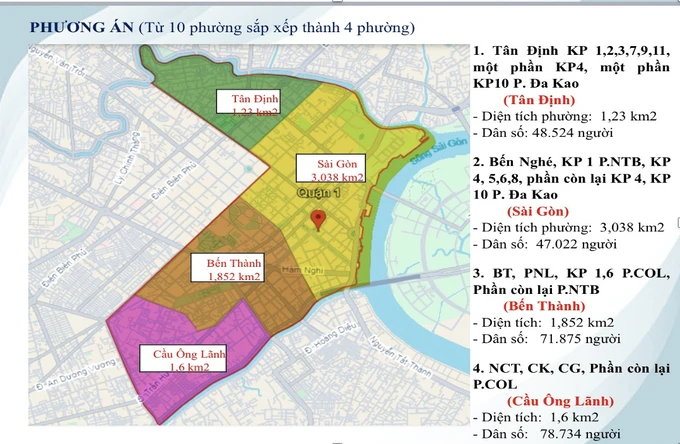

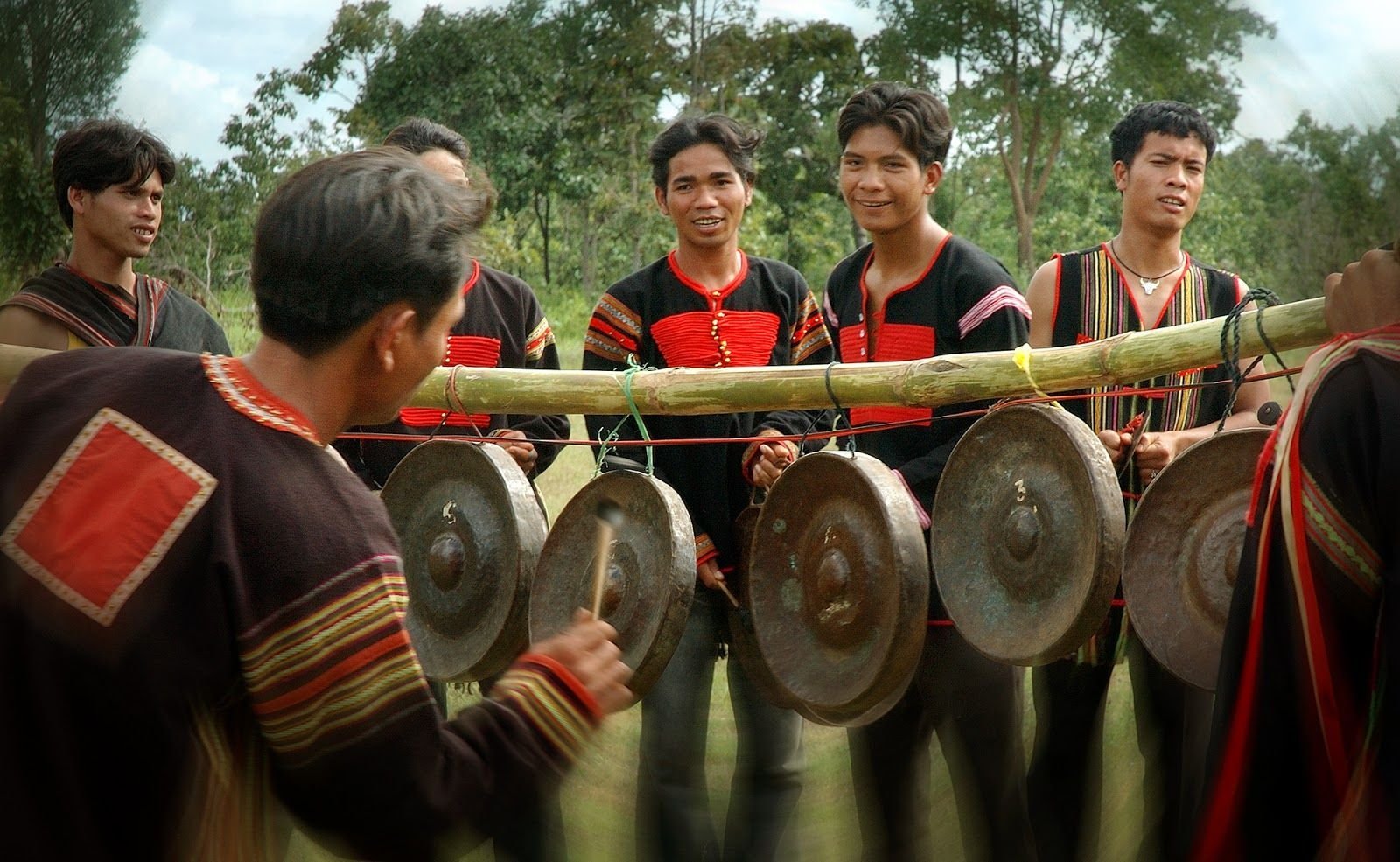



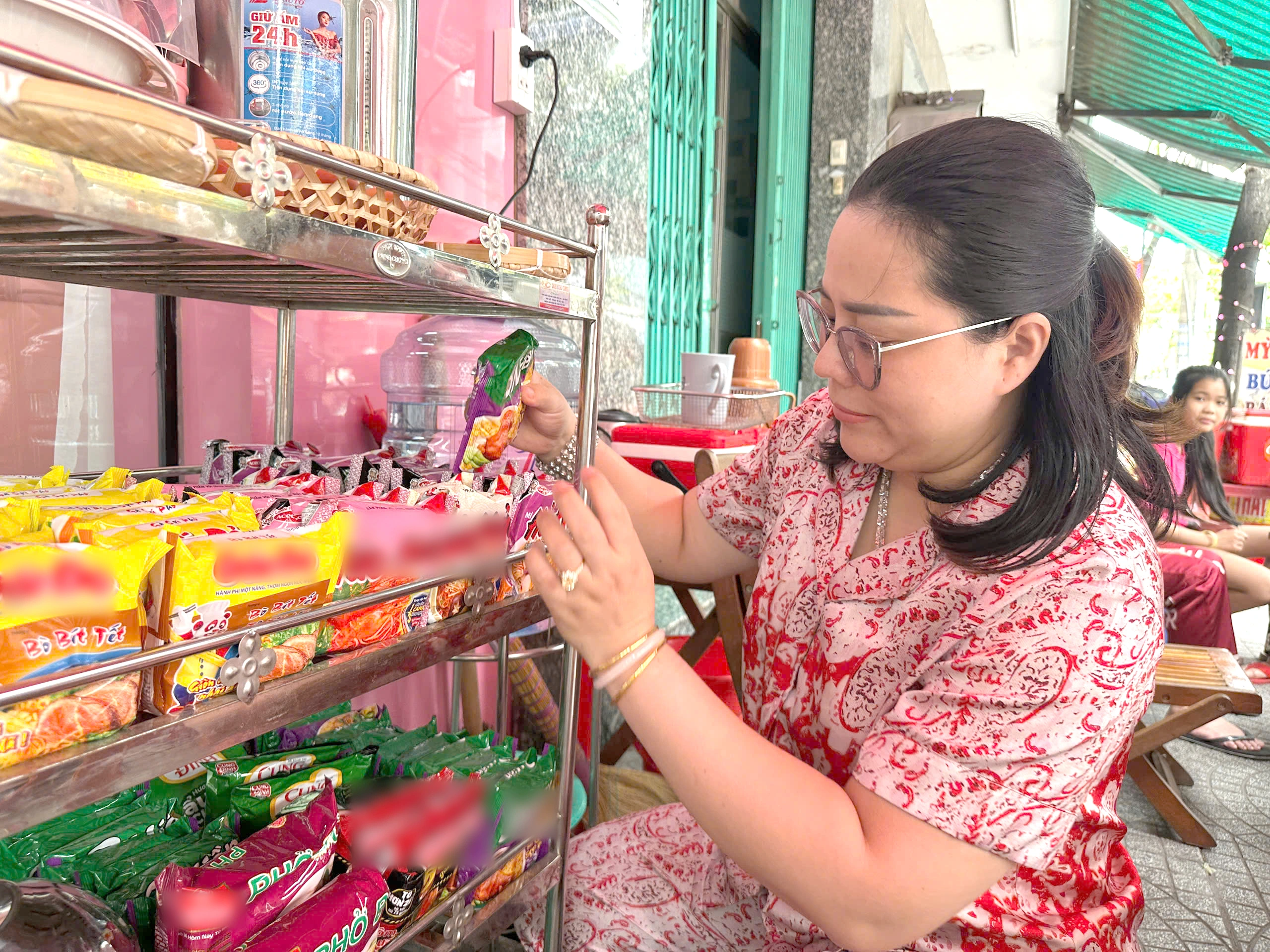
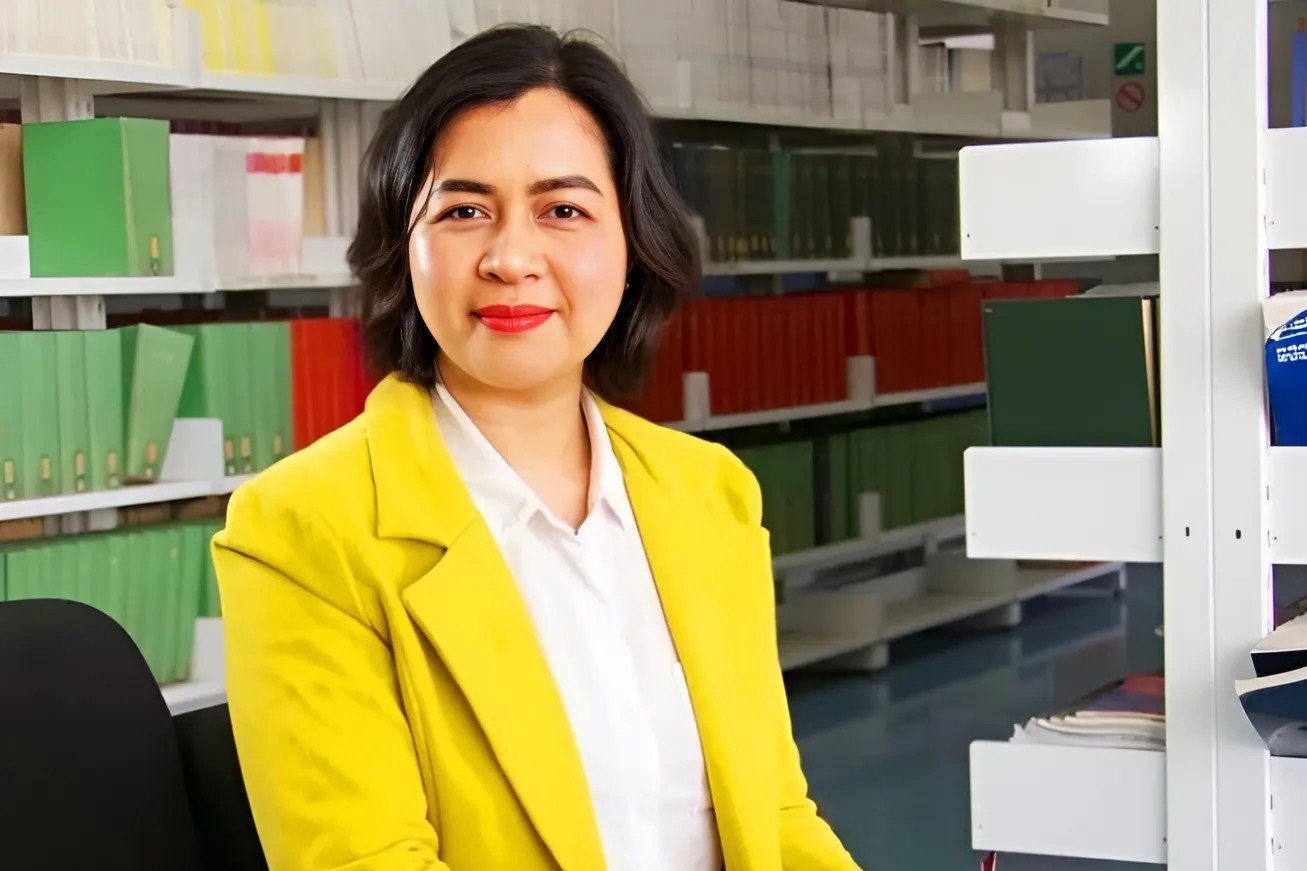








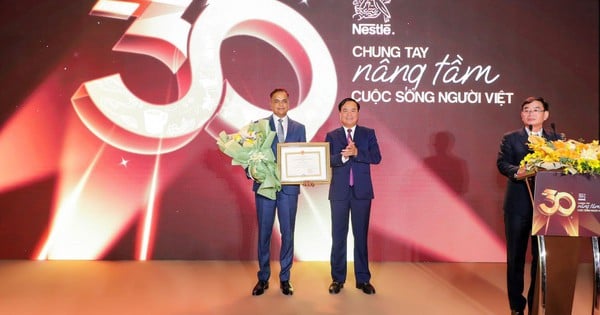

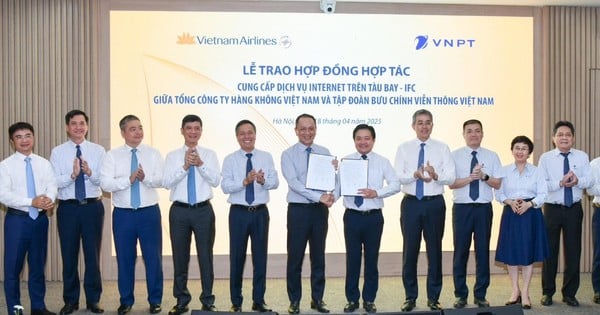
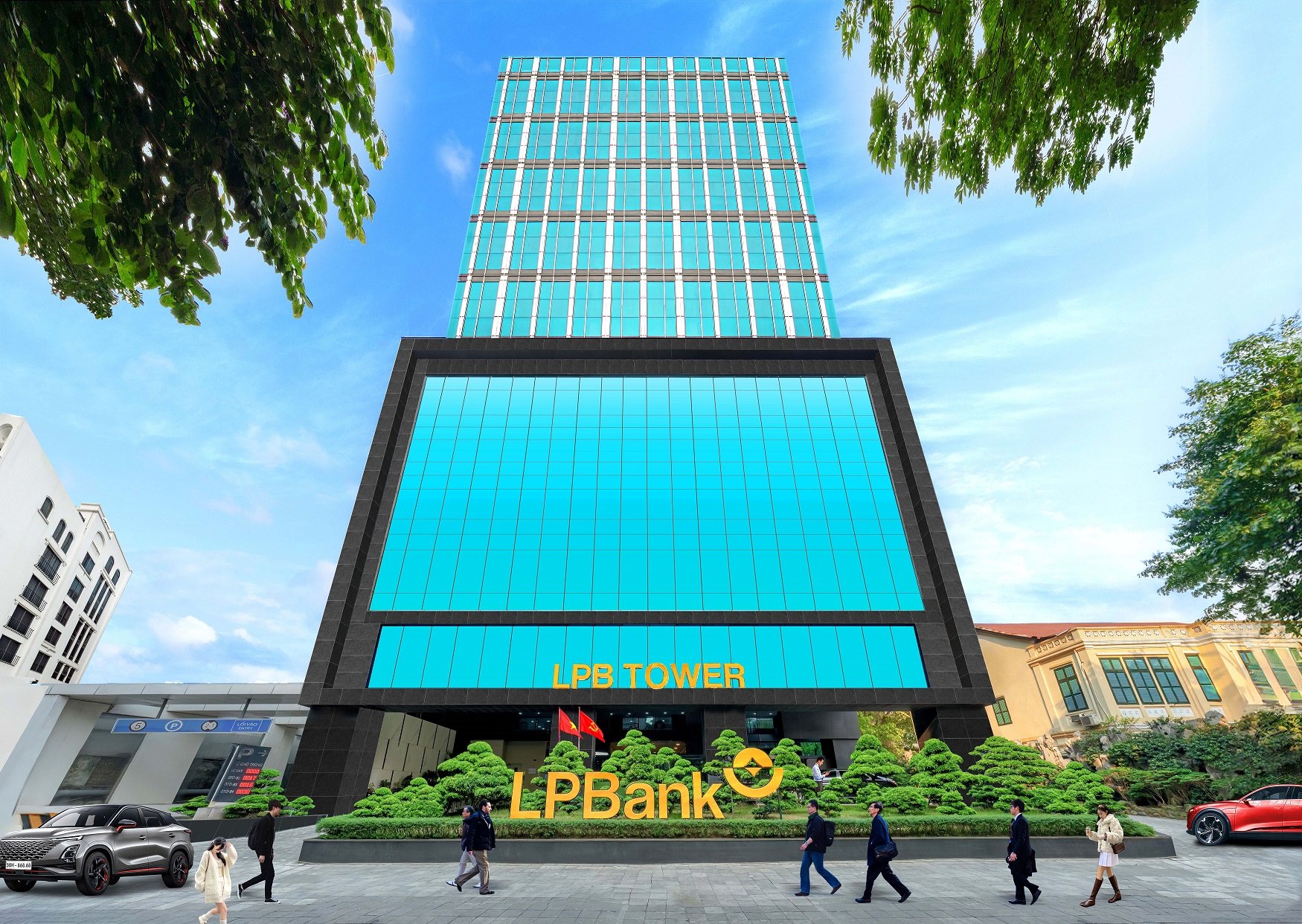



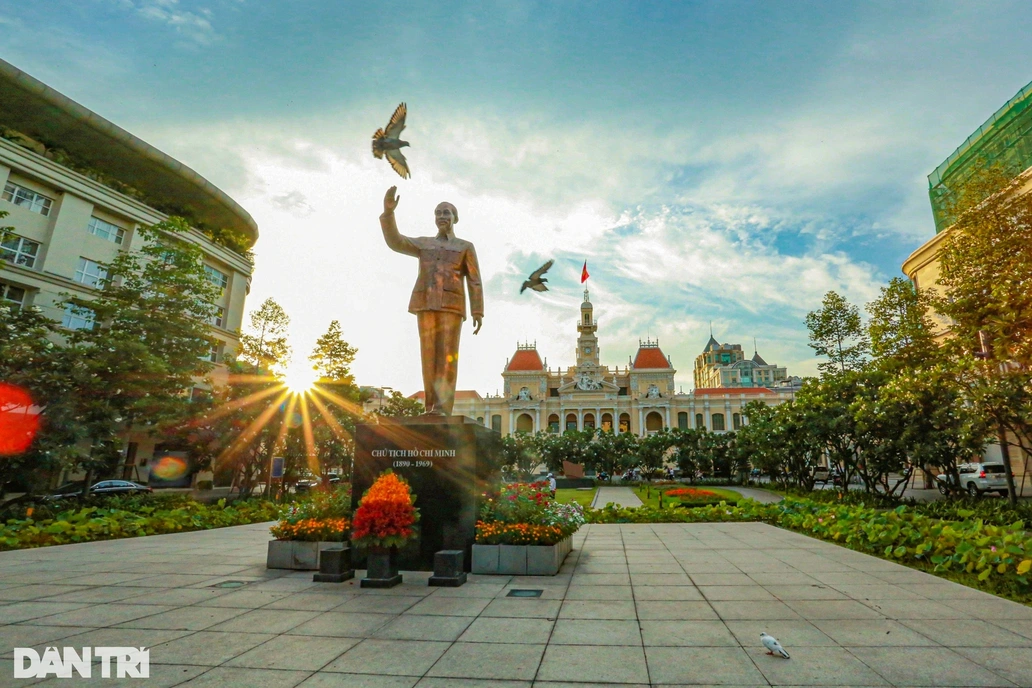
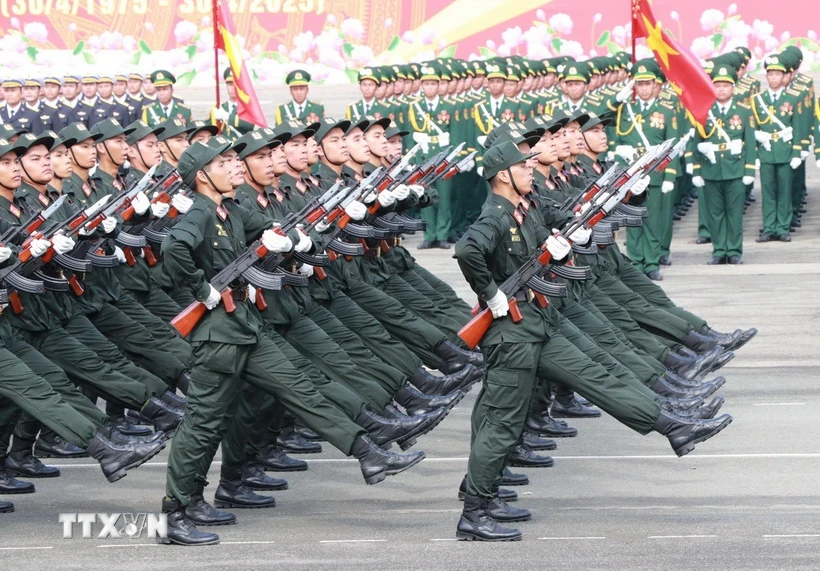

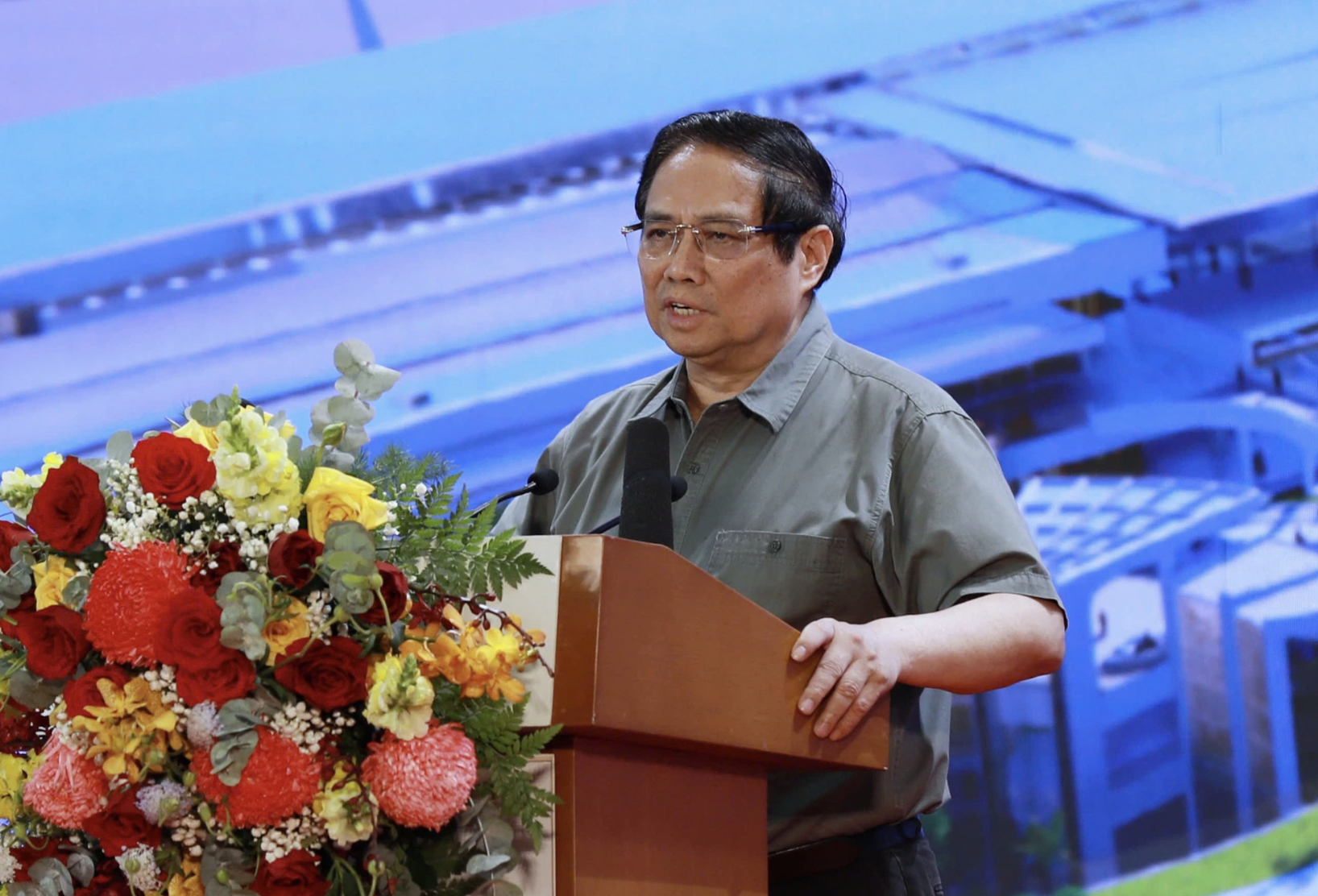

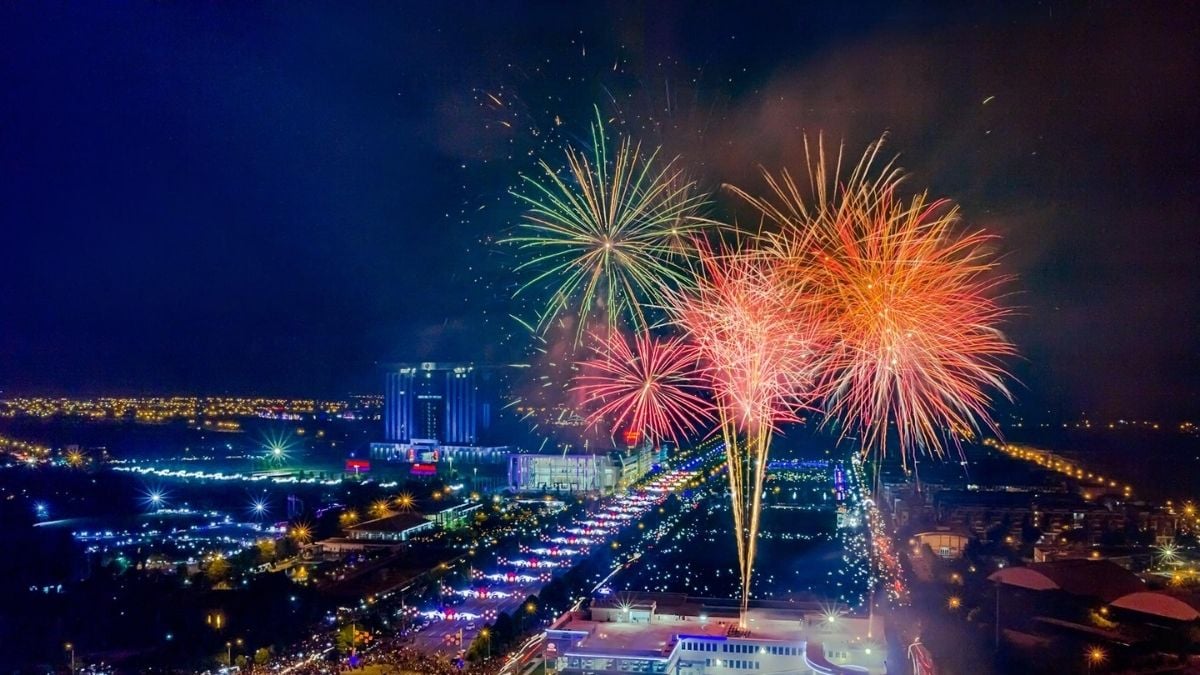

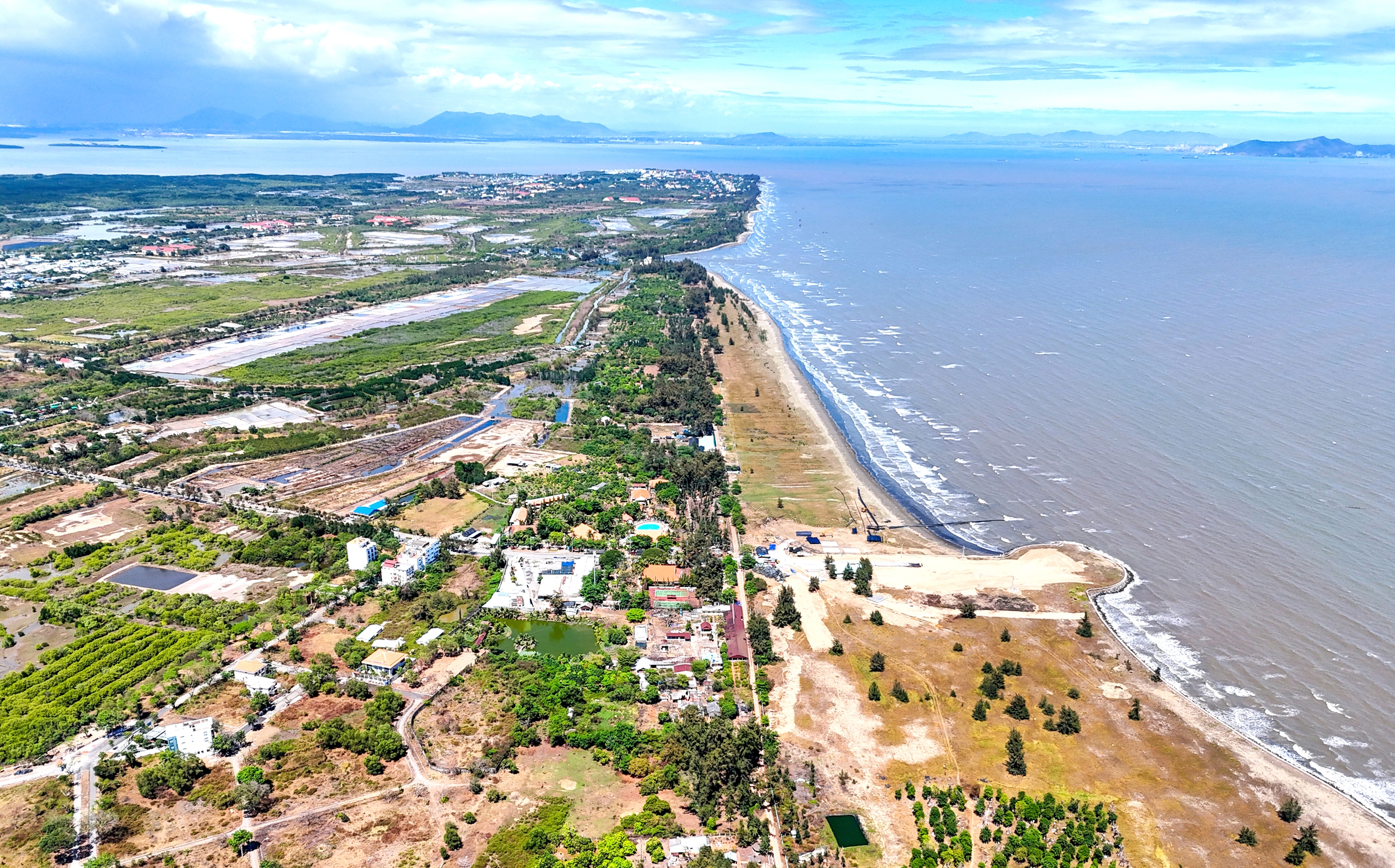

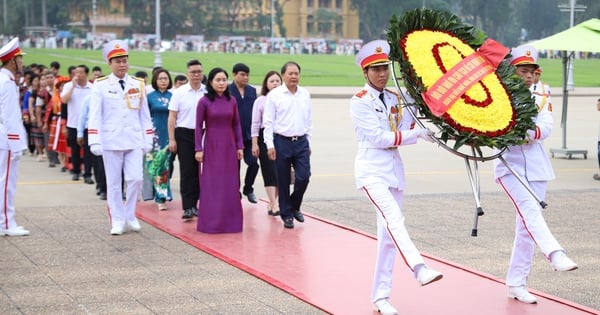


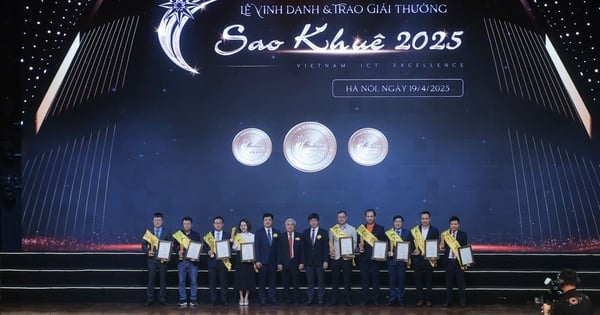



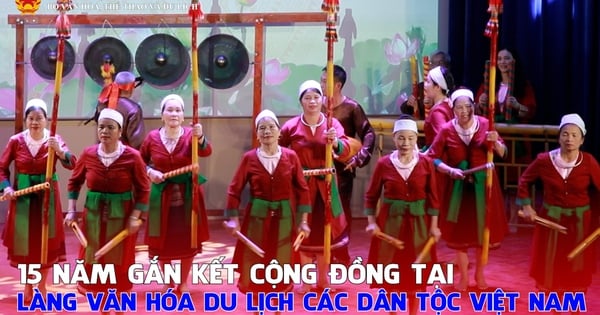
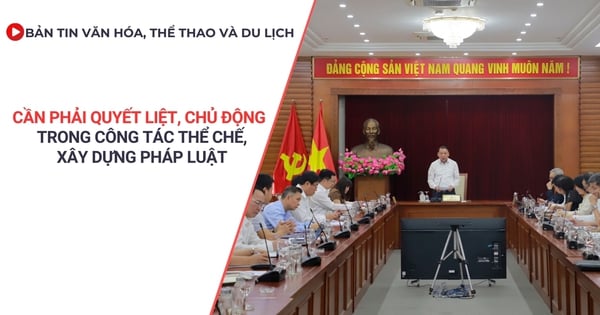


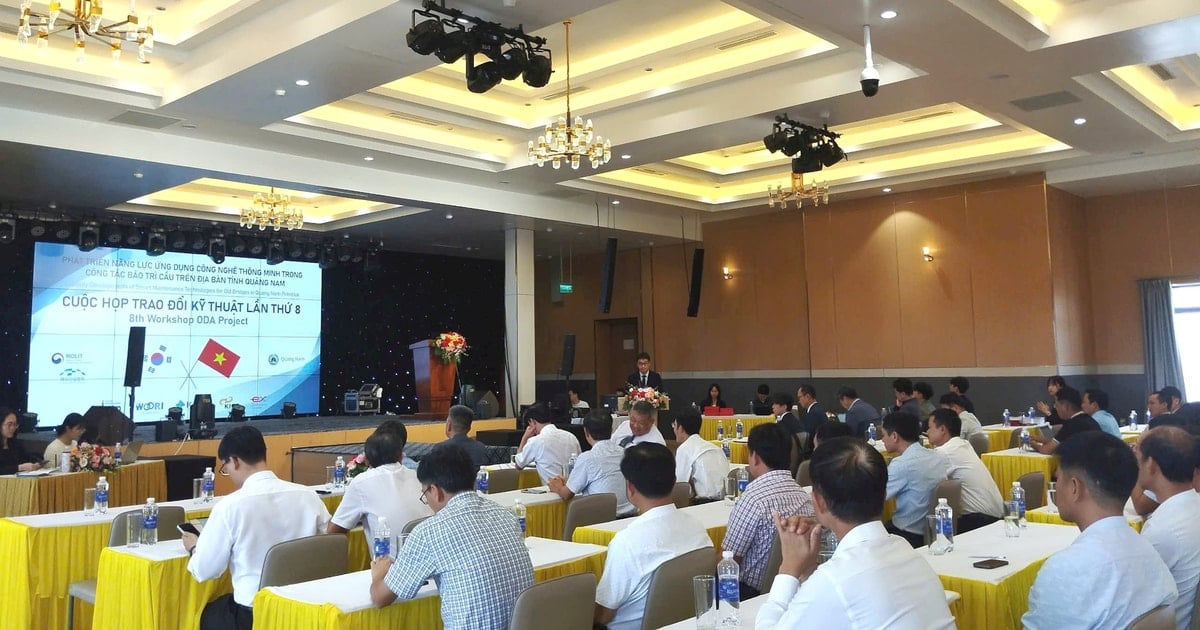



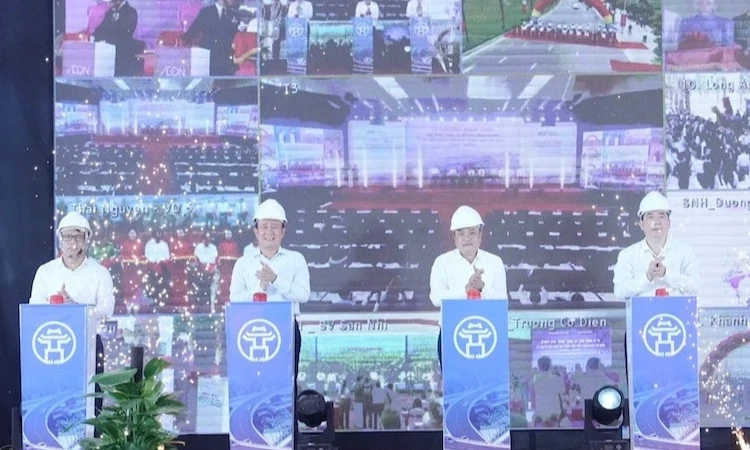
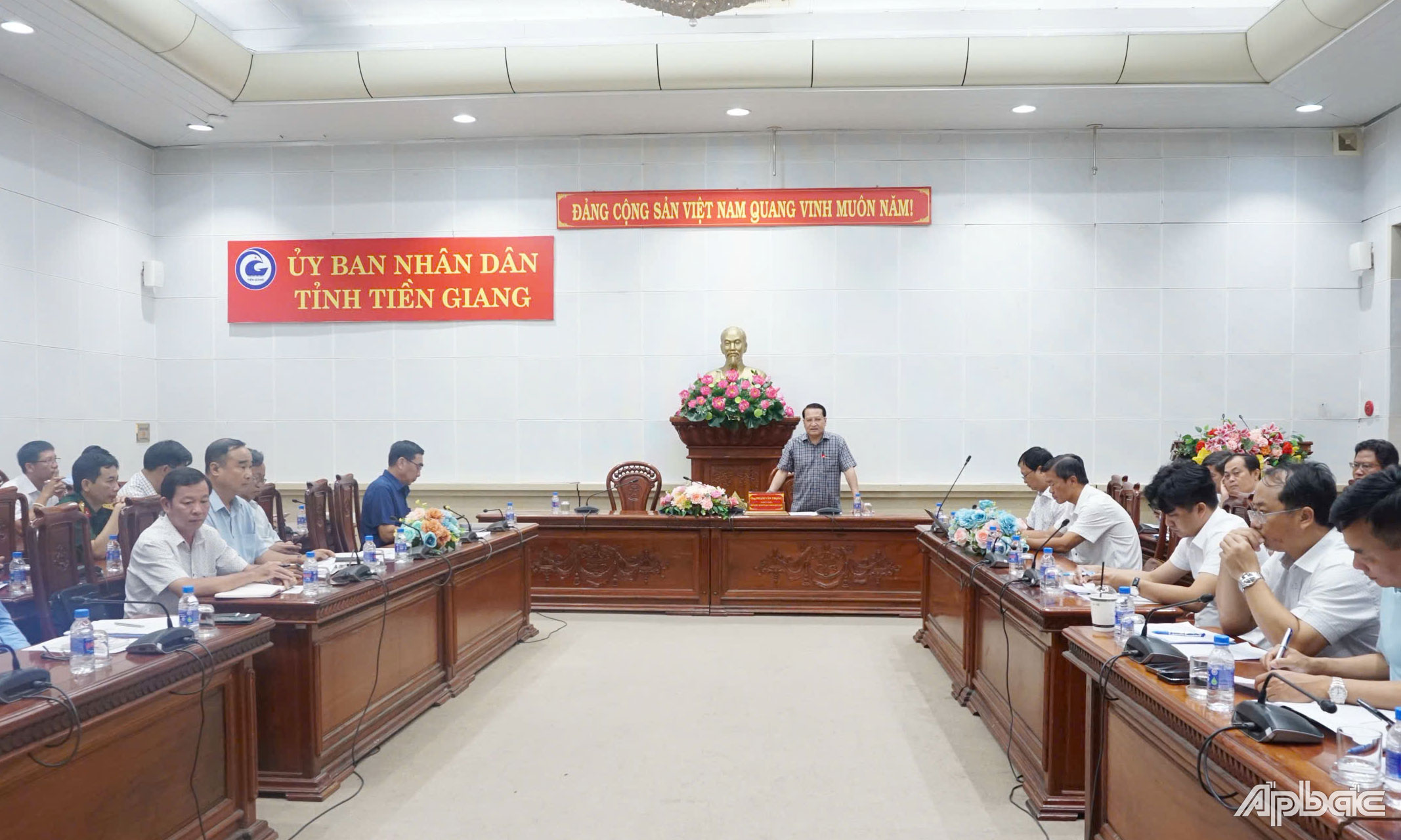
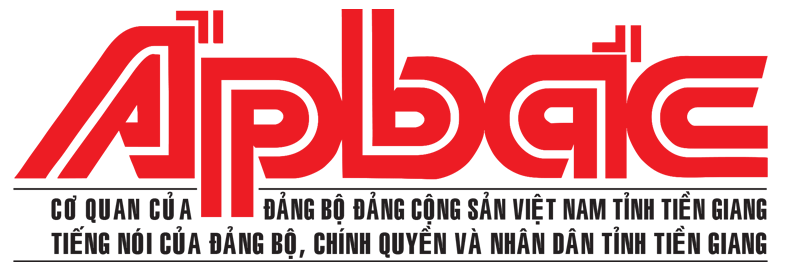
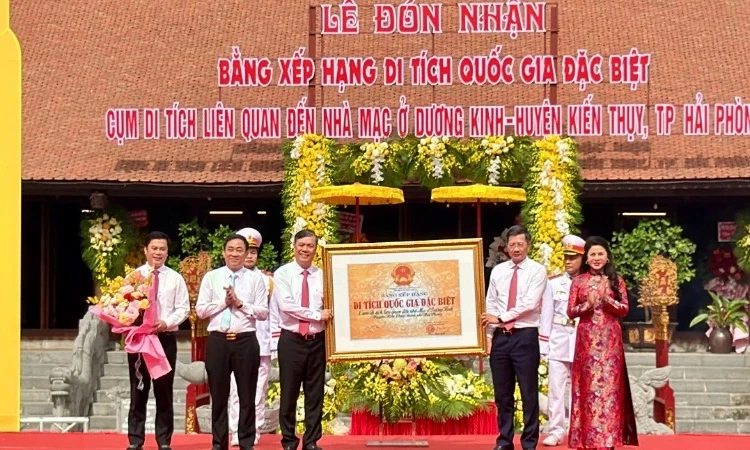








Comment (0)